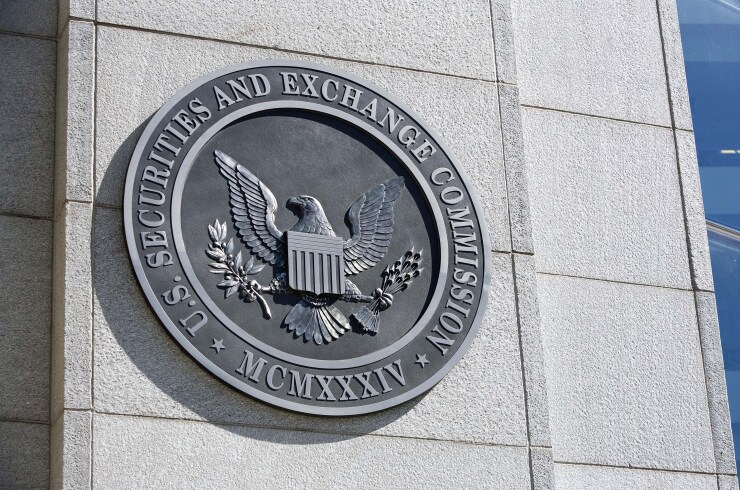The Securities and Exchange Commission is paying extra attention to the way public companies are adhering to the new revenue recognition standard, particularly in how they account for performance obligations, variable consideration and royalties, according to a new report.

The
Intelligize pointed to significant revenue recognition compliance activities within certain target industry sectors, the S&P 500, emerging growth companies and unicorns. The researchers discovered that determining performance obligations, the timing of recognition, the transfer of control of goods or services, and the establishment of a principal or agent role all seemed to come under additional SEC scrutiny.
“The new revenue recognition accounting standard has taken significant work to implement, and has required companies to make certain judgment calls that were not previously necessary,” stated Rob Peters, the report’s lead author and a senior director at Intelligize. “At least in the short term, this has led to more aggressive review from the SEC.”
For Part II of its in-depth look at revenue recognition, Intelligize evaluated the expanded set of companies now under SEC review for their Topic 606 disclosures. It found greater emphasis on how companies measured the various steps of their contracts and a willingness to dig deeper into these questions. Contracts that include more complicated payment structures, such as ongoing subscriptions, tended to receive multiple comments as the SEC investigated the underlying justifications. Intelligize believes this area will be a continued focal point for the SEC in the future.
The report examined Topic 606 comments to the S&P 500, looking at a total of 116 letters to 46 different companies in 32 industries. Researchers focused on four particular industry sectors: airlines, advertising, broadcast and streaming, and pharmaceuticals. In each case, at least one company received multiple rounds of questions.





